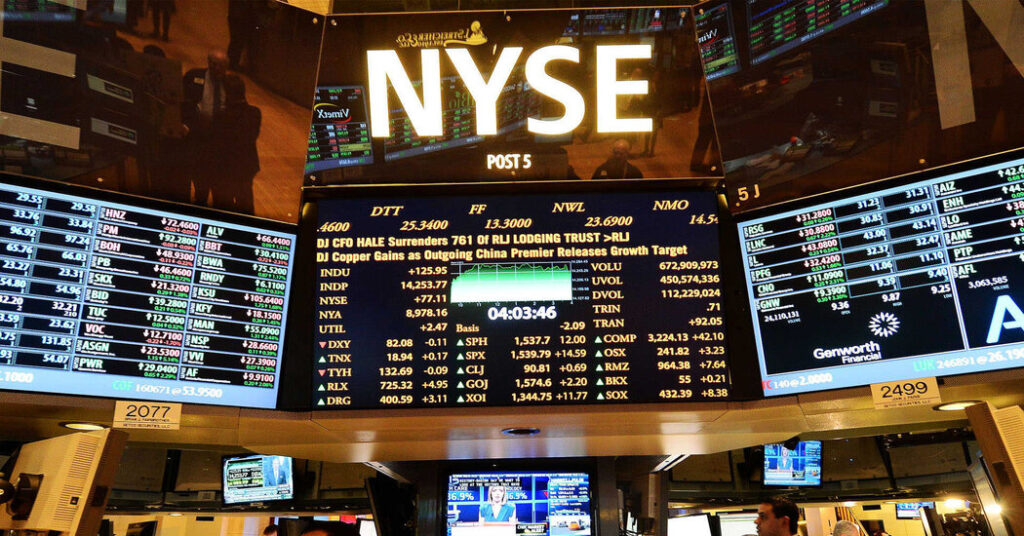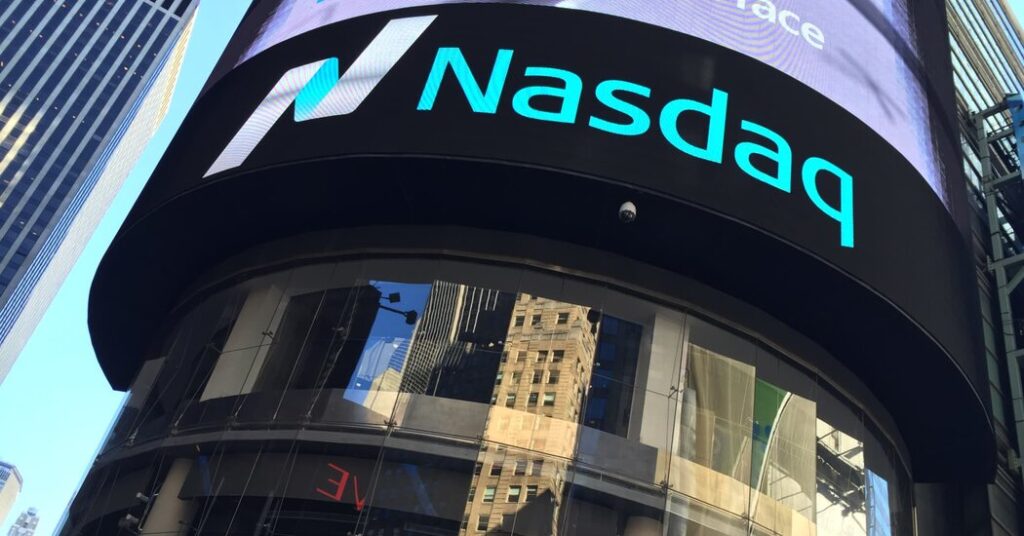Explore the dynamic world of US stock exchanges, from Wall Street’s iconic NYSE to tech-focused NASDAQ. Discover their history, significance, and impact on the global economy
The United States is home to some of the most influential and well-established stock exchanges globally, playing a pivotal role in the world of finance. These exchanges act as the nerve center for trading stocks and other securities, offering companies access to capital and investors opportunities to participate in the growth of American businesses. In this article, we will embark on a comprehensive exploration of the major US stock exchanges, delving into their historical roots, operational mechanisms, and global significance.
1. US Stock Exchanges: New York Stock Exchange (NYSE)
The New York Stock Exchange, or NYSE, stands as one of the oldest and most prestigious stock exchanges globally. With its founding dating back to 1792, it is located in the financial heart of the United States, Wall Street in New York City. The NYSE, traditionally known for its bustling trading floor with brokers using hand signals, has undergone significant transformations to accommodate electronic trading. However, it still preserves its iconic trading floor.
One of the distinctive features of the NYSE is its stringent listing requirements. It primarily attracts established, blue-chip companies, some of which are among the most recognized names in the world, including Apple, Coca-Cola, and Walmart. The NYSE’s reputation for stability and reliability makes it a favored choice for large, well-established corporations.

2. US Stock Exchanges: NASDAQ
The NASDAQ, short for the National Association of Securities Dealers Automated Quotations, represents another major player in the US stock exchange landscape. Established in 1971, it has gained a reputation for its electronic trading platform, contrasting with the NYSE’s traditional floor trading approach. NASDAQ is renowned for its listing of technology and internet-based companies, including tech giants like Amazon, Alphabet (formerly Google), and Microsoft.
NASDAQ’s market structure includes two primary tiers: the NASDAQ Global Select Market, catering to larger, more established corporations, and the NASDAQ Global Market, which welcomes smaller, growing companies. Its adaptability and focus on innovation make it a preferred listing destination for many tech startups and companies aiming for aggressive growth.

3. Chicago Stock Exchange (CHX)
Founded in 1882, the Chicago Stock Exchange (CHX) may not rival the NYSE or NASDAQ in size but plays a significant role in the financial ecosystem. CHX boasts a unique trading model that combines electronic trading with human intervention, enhancing liquidity and facilitating price discovery.
4. Other Notable Exchanges
Beyond the NYSE, NASDAQ, and CHX, the United States hosts several other stock exchanges, each with its own unique focus and specialties:
- BATS Global Markets (now owned by CBOE Global Markets): Known for its lightning-fast and efficient electronic trading platform.
- Miami International Securities Exchange (MIAX): Specializes primarily in options trading.
- IEX Group: Gained recognition for its commitment to transparency and fairness in the trading arena.
Significance in the Global Economy
US stock exchanges wield considerable influence in the global economy for several key reasons:
1. Capital Formation: These exchanges provide a vital platform for companies to raise capital by issuing shares to the public. This capital infusion empowers businesses to expand operations, invest in research and development, and create jobs.
2. Investment Opportunities: They offer a vast array of investment opportunities, catering to both individual and institutional investors. This diversity allows for investments across various sectors and industries, contributing to portfolio diversification and risk management.
3. Global Integration: Many international companies opt to list on US exchanges, enhancing their visibility on a global scale and broadening their access to American investors and capital markets.
4. Economic Indicators: The performance of US stock exchanges often serves as a key indicator of the overall health of the US economy. As the United States plays a significant role in the global economy, these exchanges’ performance also offers insights into global economic trends.
Conclusion
US stock exchanges constitute the backbone of the global financial landscape. The NYSE, NASDAQ, and other exchanges offer a critical avenue for companies to secure capital, investors to attain their financial objectives, and economic growth to flourish. With their rich histories, innovative structures, and profound significance, these exchanges remain instrumental in shaping the modern financial world, fostering investment, innovation, and prosperity.
MORE UPDATES : – What is Stock Market or Share Market ?
Understanding Initial Public Offerings (IPOs): A Comprehensive Guide
What Is an Index? Examples, How It’s Used, and How to Invest
Understanding Option Trading: A Comprehensive Guide
Shares in the Stock Market: Your Path to Financial Ownership
